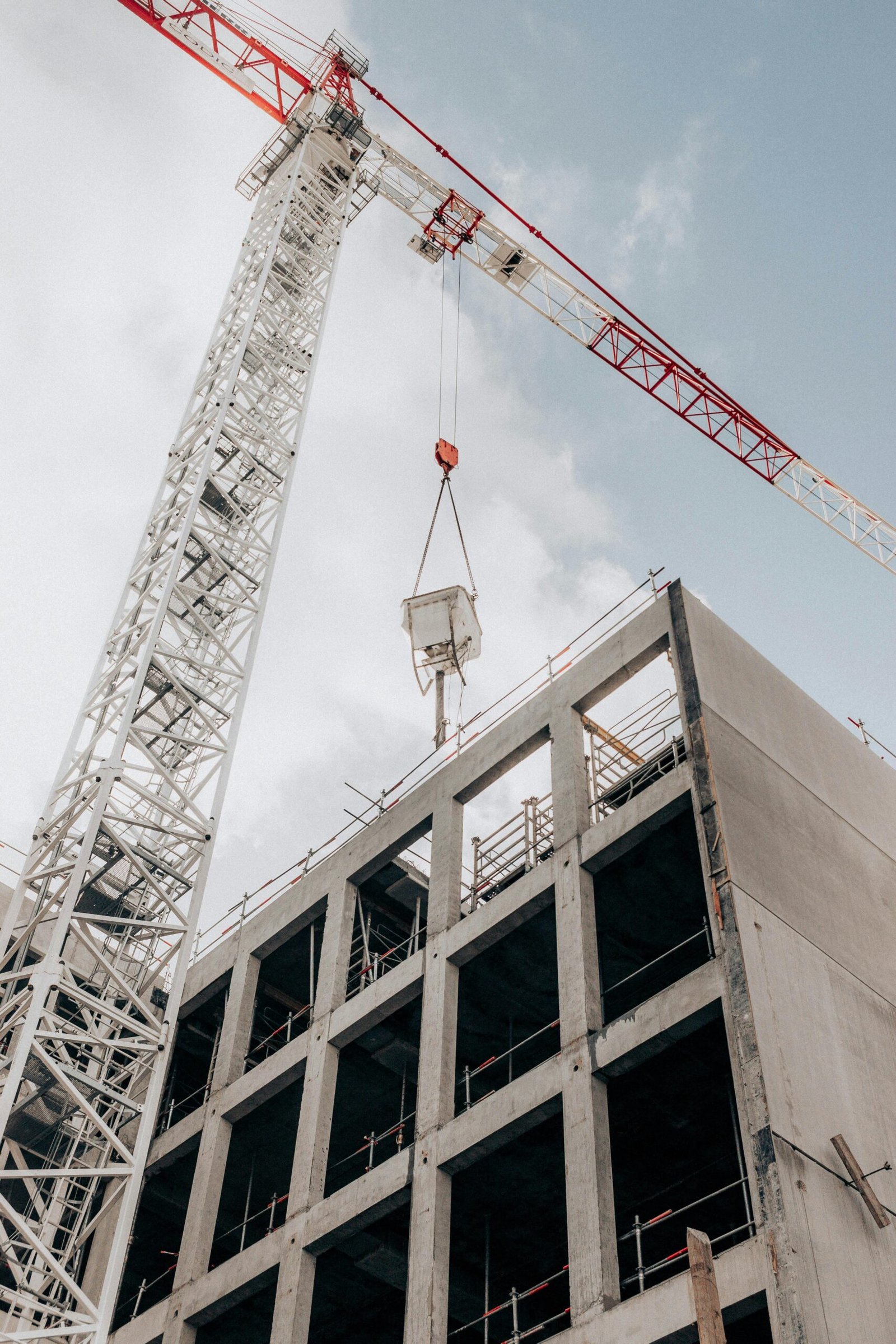Saving for a home can feel like a daunting task, especially with rising property prices and economic uncertainty. However, with the right strategy and mindset, buying your dream home in 2025 is within reach. Whether you’re aiming for your first home or looking to make a real estate investment, having a solid plan in place is essential.
In this beginner’s guide, we’ll walk you through how to save for a home in 2025, along with tips on real estate investment that could help you build wealth and eventually afford a property.
1. Set Clear Homeownership Goals
The first step in saving for a home is to set clear, achievable goals. Your goals will guide your savings plan and help you stay on track. Decide on the type of home you want, the location, and when you hope to purchase it. Then, create a detailed savings target based on current market conditions and home prices in your desired area.
Steps to Set Your Goals:
- Research the market: Look at the current real estate market to understand home prices in your area or desired location.
- Determine your down payment: A standard down payment is around 20% of the home price, but some programs offer lower down payments.
- Establish a timeline: Set a realistic timeline for when you want to purchase your home, whether it’s in a year, two years, or five.
Tip: Factor in other costs of homeownership, like closing costs, property taxes, and home insurance, so you’re fully prepared financially.
2. Create a Dedicated Savings Account
Once you’ve set your homeownership goals, it’s time to start saving. One of the best ways to save for a home is by opening a dedicated savings account. This account should be separate from your regular checking or emergency fund account to keep you focused on your goal and prevent accidental spending.
How to Set Up a Savings Account:
- Open a high-yield savings account: Look for an account that offers a higher interest rate than a traditional savings account. This will help your money grow faster over time.
- Consider a first-time homebuyer account: Some states offer special savings accounts for first-time homebuyers with tax advantages.
- Automate your savings: Set up automatic transfers from your paycheck to ensure consistent contributions toward your home savings.
Tip: Treat your home savings like a bill—automatically set aside a portion of your income every month to stay disciplined.
3. Cut Unnecessary Expenses
Cutting back on non-essential expenses is one of the quickest ways to increase your savings. Take a hard look at your spending habits and identify areas where you can save. Small changes can add up quickly over time, and redirecting that money into your home savings fund will help you reach your goal faster.
Ways to Cut Back:
- Limit dining out and entertainment expenses: Cook more at home and look for free or low-cost entertainment options.
- Cancel unused subscriptions: Review your subscriptions (streaming services, gym memberships, etc.) and eliminate those you don’t use.
- Shop smarter: Use coupons, buy in bulk, or wait for sales to make the most of your shopping budget.
Tip: Keep track of your monthly expenses using budgeting apps or spreadsheets to see where your money is going and find more opportunities to cut costs.
4. Explore Real Estate Investment Options
While saving for a home, it’s also wise to start exploring real estate as a way to build wealth. Investing in real estate can accelerate your ability to save for a home by providing additional streams of income or equity growth. Whether you’re interested in flipping houses, renting properties, or investing in real estate investment trusts (REITs), this can be a great way to leverage your savings.
Ways to Get Started with Real Estate Investment:
- Real Estate Investment Trusts (REITs): REITs are an easy way to invest in real estate without owning physical properties. They provide exposure to the real estate market and offer dividends.
- House Hacking: If you have extra space in your current home or decide to purchase a multi-unit property, consider renting out part of the space to generate extra income that can go directly into your home savings.
- Fix-and-Flip: If you have the time, skills, and resources, buying a fixer-upper and flipping it for profit can be a great way to build wealth in real estate.
Tip: Start small with real estate investment, especially if you have limited capital, and gradually expand your portfolio as you gain more experience.
5. Take Advantage of Government Programs
Many government programs can help you save for your home or reduce the overall cost of buying one. These programs often provide down payment assistance, reduced-interest loans, or tax credits, making homeownership more accessible.
Popular Government Programs for Homebuyers:
- First-time Homebuyer Programs: Many states and local governments offer down payment assistance or low-interest loans for first-time homebuyers.
- Federal Housing Administration (FHA) Loans: FHA loans allow you to buy a home with a lower down payment (as low as 3.5%) and are available to first-time buyers with less-than-perfect credit.
- VA Loans: If you’re a veteran or active military member, you may qualify for a VA loan, which offers low to no down payment and competitive interest rates.
Tip: Research programs available in your state or region to determine eligibility and understand the specific benefits they offer.
6. Improve Your Credit Score
A higher credit score can help you qualify for better mortgage rates and terms, potentially saving you thousands over the life of your loan. Take steps to improve your credit score while you’re saving for your home, so you’re in the best financial position when it’s time to buy.
How to Boost Your Credit Score:
- Pay your bills on time: Timely payments have the most significant impact on your credit score.
- Reduce credit card debt: Lower your credit card balances to improve your credit utilization ratio, which is a key factor in your score.
- Check your credit report: Regularly review your credit report for errors or discrepancies that may be negatively impacting your score.
Tip: You can check your credit score for free through many financial apps and websites, allowing you to track your progress.
7. Consider Side Income Streams
Increasing your income can help you save for a home faster. If your current salary doesn’t allow you to save as much as you’d like, consider exploring side jobs or freelance opportunities that align with your skills and interests.
Side Income Ideas:
- Freelancing: If you have skills in writing, graphic design, web development, or other areas, consider taking on freelance work to earn extra money.
- Rideshare or Delivery Services: Drive for services like Uber, Lyft, or DoorDash in your spare time.
- Online Selling: If you have items to sell, you can use platforms like eBay, Etsy, or Poshmark to earn extra cash.
Tip: Use the extra income from side jobs to accelerate your home savings and reach your goal quicker.
8. Stay Motivated and Track Your Progress
Saving for a home is a long-term goal that requires commitment and discipline. To stay motivated, set smaller milestones along the way and celebrate your achievements. Track your progress regularly to see how far you’ve come and make adjustments to your plan if necessary.
Ways to Stay Motivated:
- Break your goal into smaller milestones: Set mini-goals, like saving a specific amount each month, to stay on track.
- Visualize your dream home: Create a vision board or set a screensaver with images of the type of home you want to purchase to keep yourself motivated.
- Reevaluate and adjust: If life changes or unexpected expenses arise, review your savings plan and adjust it as needed.
Tip: Use apps like Mint or GoodBudget to track your savings and budget, making it easy to monitor your progress toward your homeownership goal.
Conclusion: Start Saving and Planning for Your Home Today
Saving for a home in 2025 is an achievable goal with the right strategy in place. By setting clear goals, creating a dedicated savings plan, exploring real estate investments, and utilizing available resources, you can make steady progress toward homeownership. While it may take time, every step you take brings you closer to your dream home. Start early, stay disciplined, and make the most of the opportunities available to you.
5 Unique FAQs
- How much do I need for a down payment?
While 20% is standard, some programs allow for lower down payments, such as 3% for first-time homebuyers or VA loans with no down payment. - What is the best way to save for a home quickly?
Cut back on unnecessary expenses, automate savings, and explore side income streams to boost your savings rate. - How can I invest in real estate with limited capital?
Consider options like REITs, real estate crowdfunding, or house hacking to invest with less capital. - Should I save for a down payment or focus on paying off debt first?
It depends on your individual financial situation. Ideally, try to balance both paying down high-interest debt and saving for a home. - Can I buy a home with bad credit?
It may be more challenging, but programs like FHA loans offer opportunities for buyers with less-than-perfect credit. You can also work on improving your score before applying for a mortgage.




